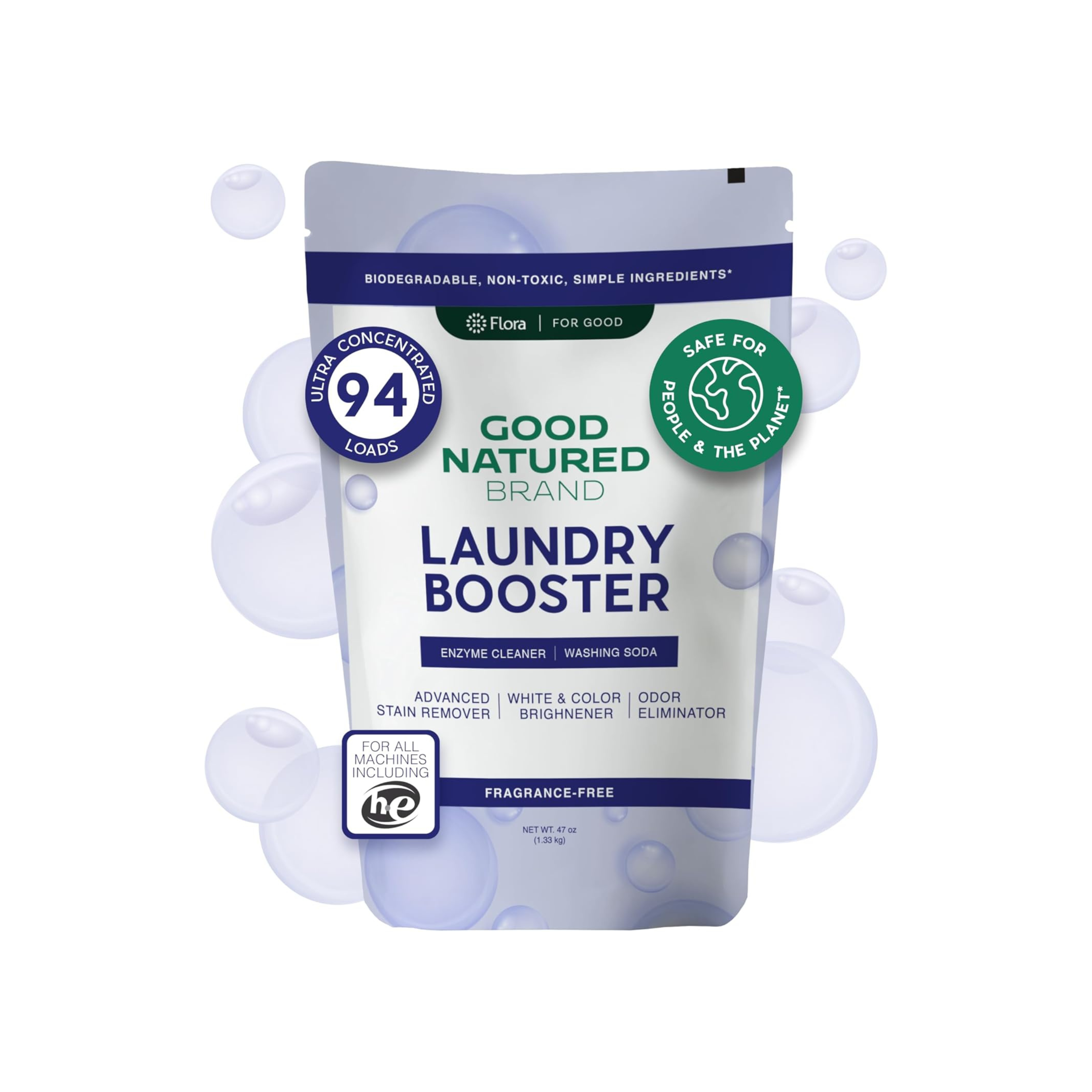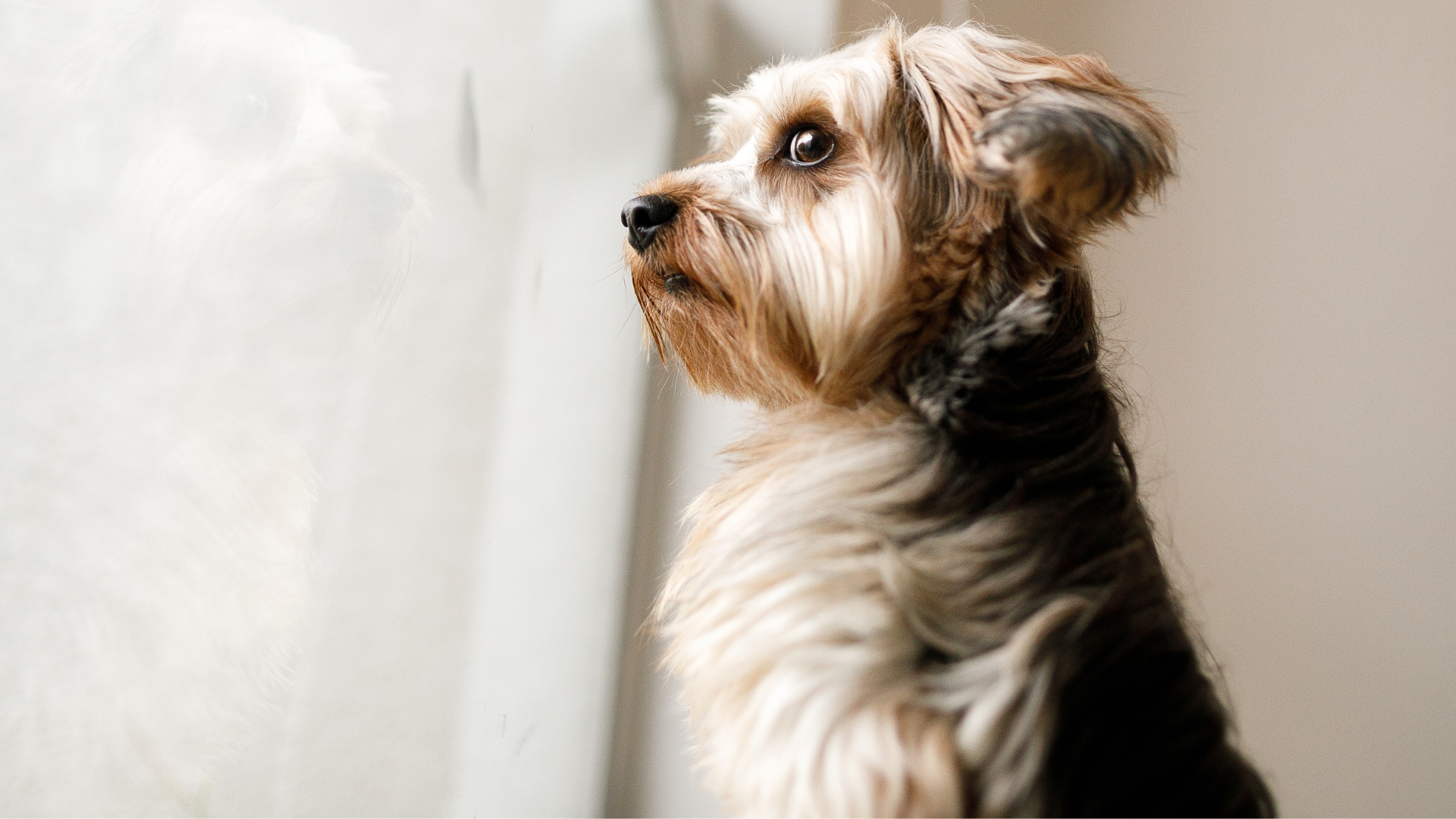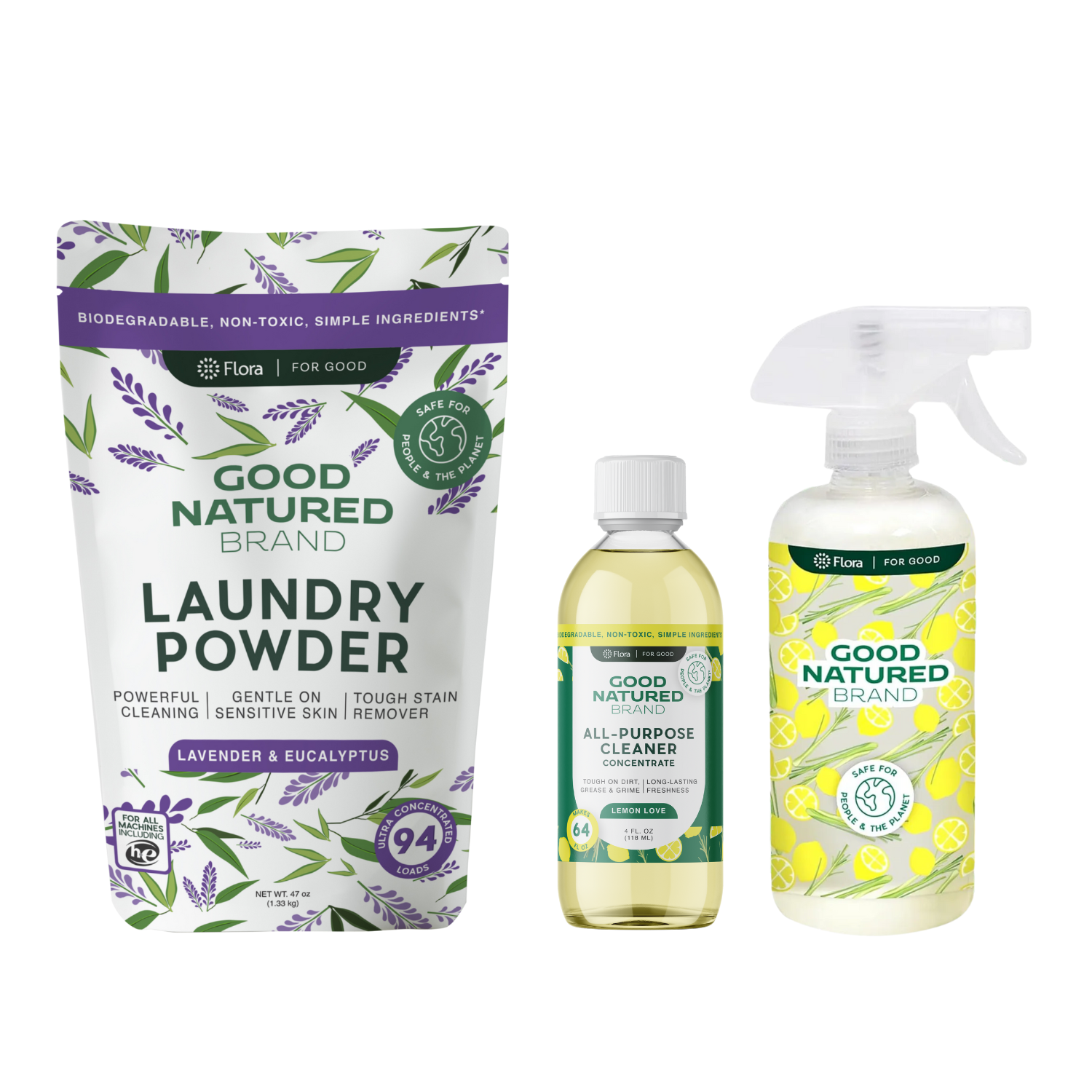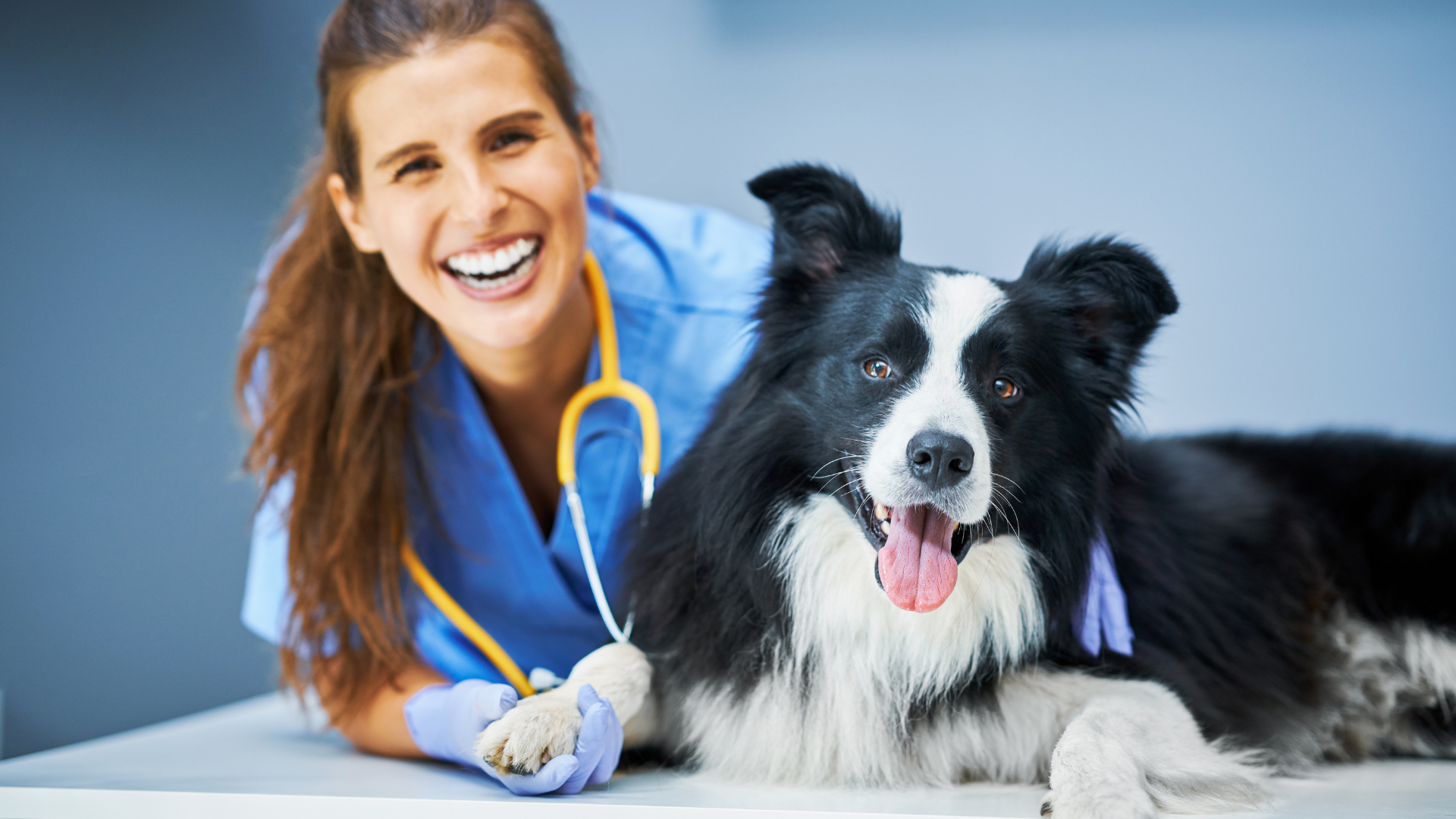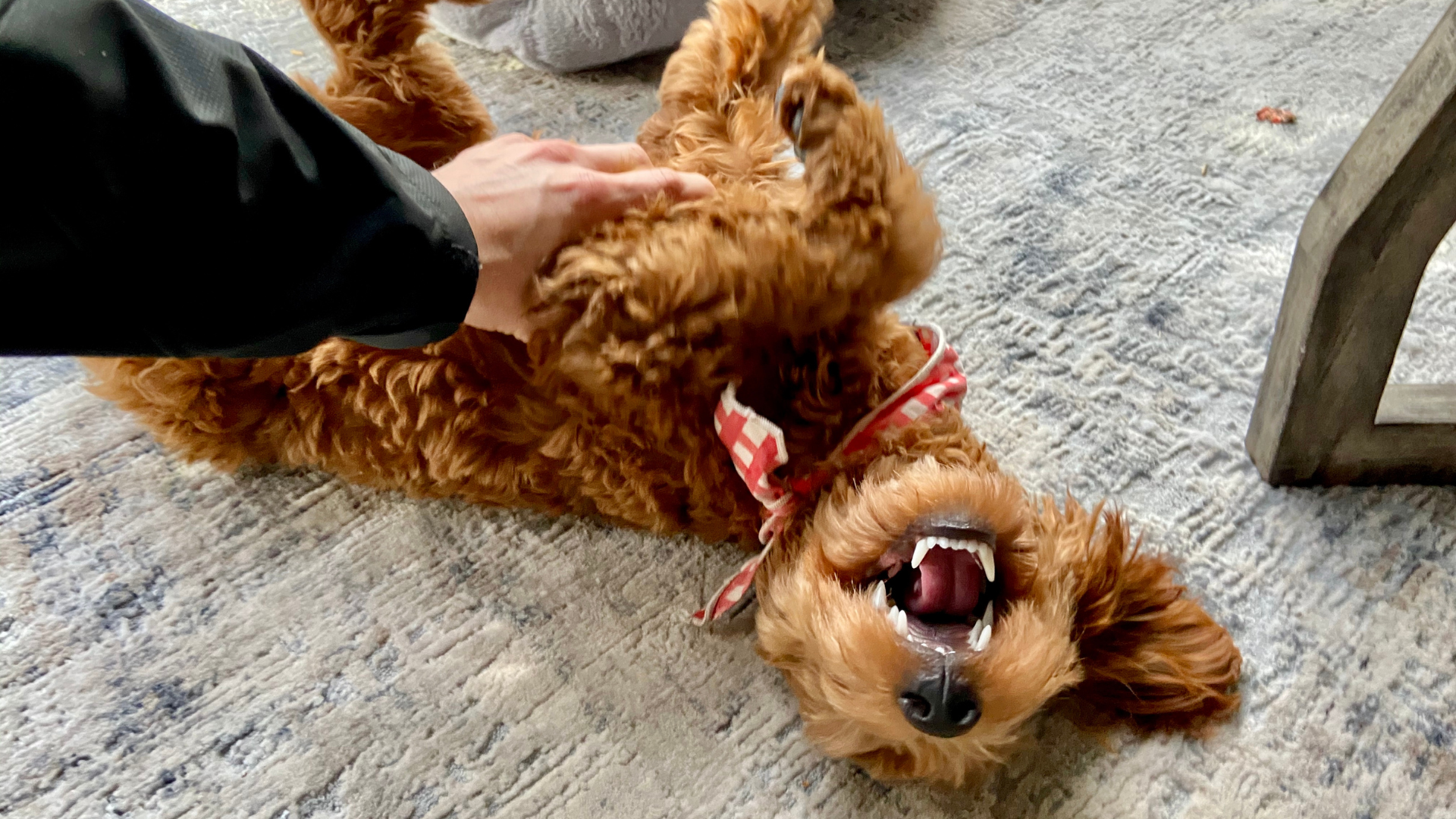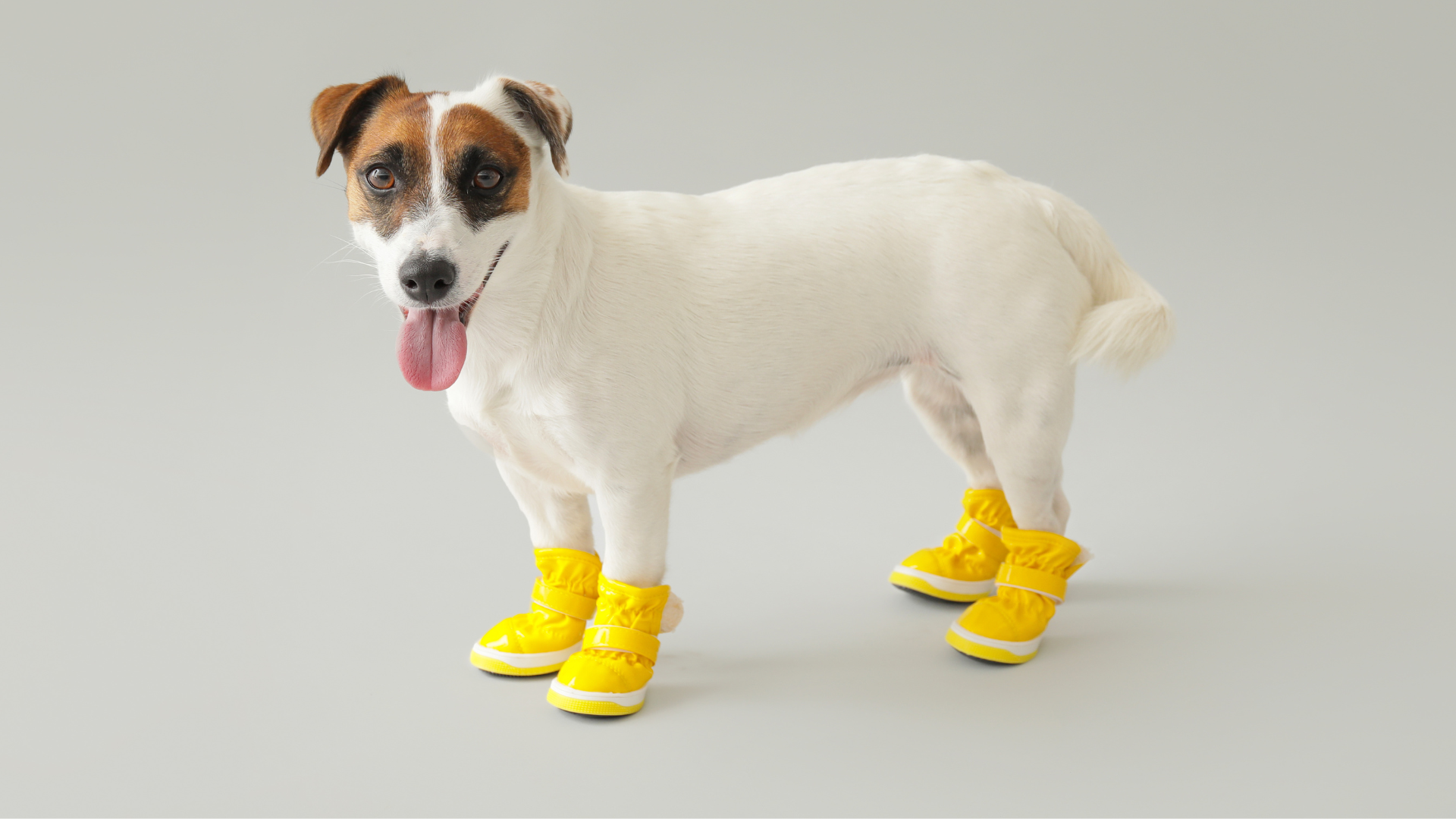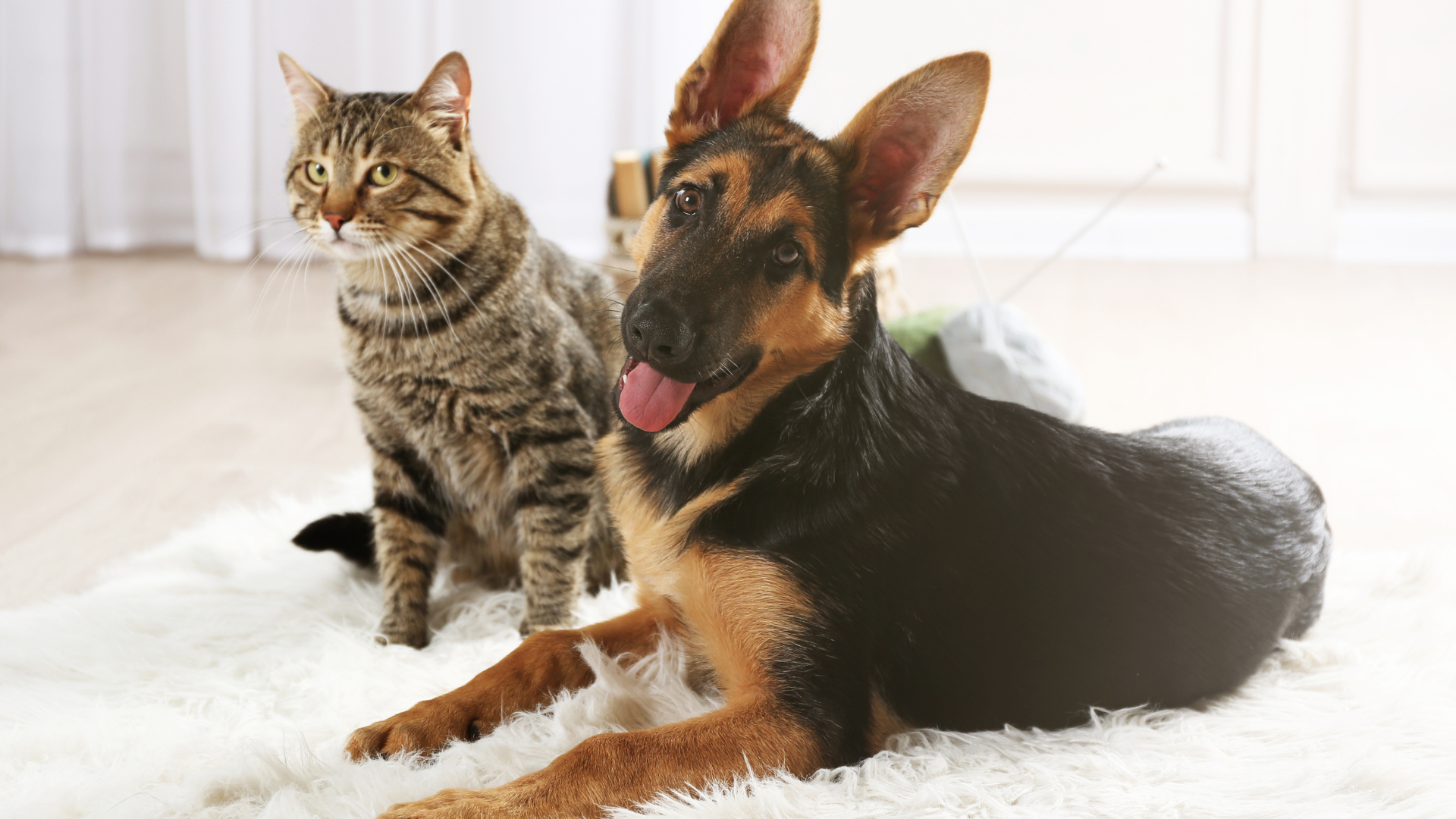Separation anxiety in dogs is a common issue that many pet owners face. It can be heartbreaking to see your dog stressed, distressed, or even destructive when left alone. Understanding the signs and symptoms of this condition is the first step in providing relief for your furry friend. In this guide, we’ll explore everything you need to know about dog separation anxiety, including how to identify it, its common causes, and how to help your dog overcome it.
What is Separation Anxiety in Dogs?
Separation anxiety occurs when a dog experiences extreme stress and anxiety when separated from their owner. This condition can manifest in several ways, from barking and whining to more destructive behaviors like chewing and urinating indoors. It’s important to distinguish between a dog that simply misses their owner and one suffering from separation anxiety, as the latter can lead to long-term behavioral problems if not addressed.
Separation anxiety is not just a behavioral issue; it’s an emotional one. Dogs who suffer from separation anxiety may become anxious the moment they sense their owners preparing to leave, such as when they grab their keys or put on their shoes. In severe cases, this anxiety can escalate, leading to self-harm or damage to the home.
Signs Your Dog Has Separation Anxiety
Recognizing the signs of separation anxiety in your dog is crucial for early intervention. Dogs with separation anxiety typically show a combination of behavioral and physical symptoms that may worsen the longer they are left alone.
Behavioral Symptoms of Dog Separation Anxiety
Some of the most common behavioral signs include:
-
Excessive Barking or Whining: One of the most obvious signs of separation anxiety is persistent barking or whining when the owner leaves or is preparing to leave. The dog may become very vocal as a way to express their distress.
-
Destructive Chewing, Digging, or Scratching: Dogs with separation anxiety may destroy furniture, chew on walls, or dig at doors and windows in an attempt to escape or alleviate their stress.
-
Pacing, Panting, or Restlessness: Dogs may also show physical signs of anxiety, like pacing back and forth, excessive panting, or constant movement within a confined space. This is often a sign of nervous energy that the dog cannot release.
Physical Symptoms of Separation Anxiety in Dogs
In addition to behavioral issues, physical symptoms may also occur, such as:
-
Loss of Appetite: Dogs experiencing anxiety may stop eating or drinking, particularly before or after their owners leave.
-
Excessive Drooling or Shedding: Another common physical symptom is excessive drooling, which can happen as a result of nervousness. Some dogs may also shed more than usual during stressful periods.
-
Self-Grooming to the Point of Bald Patches: Some dogs may attempt to self-soothe through excessive licking or grooming, which can result in hair loss or bald spots.
If your dog is showing these signs, it may be time to consider methods of managing their anxiety.
Common Causes of Separation Anxiety in Dogs
Understanding what triggers separation anxiety is the first step in addressing it. While some dogs are naturally more prone to anxiety than others, certain life changes or circumstances can trigger the condition. These are some common causes:
-
Change in Family Schedule: Dogs thrive on routine, and a sudden change in their owner’s schedule—such as a new work routine or the addition of a family member—can lead to anxiety. Dogs who are used to constant companionship may struggle when left alone for extended periods.
-
Moving to a New Home: Moving can be a stressful experience for any dog. The unfamiliar smells, sounds, and sights of a new home can make a dog feel unsettled. If a dog has a history of separation anxiety, a move can exacerbate the issue.
-
Adoption from Shelters or Rescues: Many dogs adopted from shelters or rescues have experienced trauma or abandonment, making them more likely to develop separation anxiety. They may feel especially vulnerable when left alone, as they have learned that humans are not always reliable.
-
Loss of a Family Member (Human or Animal): Dogs form strong emotional bonds with their family members, both human and animal. The death or departure of a loved one can cause extreme anxiety and confusion in a dog, leading to separation anxiety.
Recognizing the root cause of your dog’s separation anxiety can help you tailor a solution that addresses their specific needs.
Why Separation Anxiety in Dogs Shouldn’t Be Ignored
Ignoring separation anxiety in dogs can lead to serious consequences. If left untreated, the anxiety can escalate, causing more severe symptoms such as self-harm, aggressive behavior, and destructive tendencies. These behaviors may become ingrained, making them harder to correct over time.
Additionally, separation anxiety can put a strain on your relationship with your dog. You may find yourself feeling guilty for leaving them, and your dog may become overly clingy or dependent. In some cases, dogs with untreated anxiety may develop other behavioral problems, such as fear-based aggression, which can create further challenges in your home.
By addressing separation anxiety early on, you can help your dog feel more secure and reduce the risk of future behavioral issues.
How to Diagnose Dog Separation Anxiety
Diagnosing separation anxiety in your dog typically involves a combination of observation and professional evaluation. Start by monitoring your dog’s behavior when you leave and return home. If your dog exhibits signs of anxiety—such as excessive barking, destruction of property, or physical symptoms like drooling—it’s likely they are suffering from separation anxiety.
You may also want to consult a veterinarian or canine behaviorist to get a more accurate diagnosis. They can rule out other potential causes for your dog’s behavior and suggest a course of treatment. Keeping a detailed diary of your dog’s symptoms can also help a professional understand the extent of the issue and create an effective treatment plan.
For additional resources on pet wellness and behavioral issues, check out the Good Natured Brand Blog, where we share helpful tips on maintaining your dog’s mental and physical health.
Creating a Comfortable Home Environment for Your Dog
A dog with separation anxiety often finds comfort in familiar scents and surroundings. Creating a cozy, safe space can help alleviate anxiety. Try setting up a designated area in your home where your dog can feel secure when left alone. Make sure the area is quiet, free of distractions, and equipped with their favorite bed, blanket, or toys.
Maintaining cleanliness in this space is also important. For example, when cleaning your dog's bedding or toys, use Laundry Powders that are gentle on your dog’s sensitive skin and free from harsh chemicals. This will help create a calming environment, as strong cleaning chemicals can irritate your dog’s senses and add to their stress.
How to Help Your Dog Overcome Separation Anxiety Through Training
Training is one of the most effective ways to help your dog cope with separation anxiety. Through gradual desensitization and counterconditioning, you can teach your dog to become more comfortable with being alone. However, it’s important to approach these methods slowly and consistently to avoid overwhelming your pet.
Gradual Desensitization Techniques
Gradual desensitization is the process of slowly getting your dog used to being alone by mimicking the triggers of your departure in a controlled way. This technique involves leaving your dog alone for short periods of time, gradually increasing the duration as they become more comfortable.
Start by leaving your dog for just a few minutes and then returning. Over time, increase the duration of your absences, but always ensure you come back before your dog becomes anxious. This gradual approach helps to reduce the anxiety associated with your departures and builds your dog’s tolerance to being left alone.
Counterconditioning for Dog Separation Anxiety
Counterconditioning works by changing your dog’s emotional response to being alone. One effective method is to pair your departures with something positive, such as a special treat, a puzzle toy, or an interactive game. By making your dog’s alone time a rewarding experience, they begin to associate your absence with something enjoyable instead of anxiety-inducing.
For example, you can give your dog a treat or a food-filled toy that they only get when you leave the house. Over time, your dog will start to look forward to your departures, seeing them as a time for rewards rather than something to fear.
Using Commands to Build Independence
Teaching your dog basic commands like “stay” and “settle” can help them feel more secure and independent when left alone. These commands teach your dog that they don’t need to follow you everywhere and that they can stay calm and relaxed on their own.
Start by practicing these commands while you’re still at home. Once your dog has mastered them, you can begin using them when you leave the house. Consistent training, along with positive reinforcement, can help your dog feel more confident when they are alone.
Creating a Comfortable Environment for Dogs with Separation Anxiety
A calm and safe environment can make a significant difference in alleviating your dog’s separation anxiety. Dogs that feel secure in their surroundings are less likely to experience intense anxiety when left alone.
Safe Space or Crate Training
Creating a designated “safe space” for your dog can help them feel more secure when left alone. This could be a crate or a specific room in your home where your dog can relax. Make sure the area is free of distractions and comfortable, with a soft bed, favorite toys, and familiar scents.
If you choose to crate train, ensure that the crate is a positive and calming space. Never use the crate as a form of punishment. Instead, make it a cozy retreat where your dog feels safe and secure. You can also use calming products like a soft blanket or calming sprays to make the crate even more inviting.
Background Noise & Soothing Sounds
For many dogs, the quiet can exacerbate their anxiety when they are left alone. To combat this, consider leaving a TV on, playing calming music, or using a white noise machine to drown out the sounds of the outside world. This can help create a sense of calm and familiarity for your dog, which can reduce anxiety.
There are also specially designed dog music and soundtracks that promote relaxation. These soothing sounds can be especially beneficial during your absences, providing your dog with a comforting, non-threatening environment.
Scent Therapy and Familiar Smells
Scent plays a huge role in comforting dogs. Familiar scents can be reassuring, so leaving behind an item of clothing that smells like you can help alleviate your dog’s anxiety. You can also use essential oils specifically formulated for pets, but be sure to consult your vet before introducing any new scents.
When cleaning your dog’s bedding, toys, or any other items in their safe space, use a pet-safe solution like Laundry Powders. These products are gentle on your dog’s sensitive nose and skin while maintaining a fresh, familiar scent.
Reducing Destructive Behavior from Dog Separation Anxiety
Dogs with separation anxiety often resort to destructive behaviors as a way of coping with their stress. These behaviors can include chewing on furniture, scratching doors, or even urinating indoors. Addressing these issues is important not only for your home’s safety but also for your dog’s well-being.
Provide Safe Chew Toys
If your dog is prone to chewing when left alone, providing safe, durable chew toys can help. Choose toys that are designed to withstand strong chewing and keep your dog engaged. This can provide an outlet for their anxiety and help reduce destructive behavior.
For extra comfort, try providing a chew toy that’s been infused with a calming scent or treat that your dog loves. This can help distract them from the stress of being left alone.
Rotate Enrichment Activities
Mental stimulation is key to keeping your dog engaged and distracted. Boredom can lead to destructive behavior, so rotating toys and enrichment activities can keep your dog entertained. Puzzle toys, interactive feeders, and scent games are great ways to mentally challenge your dog while you’re gone.
Providing these activities during your absence gives your dog a healthy outlet for their energy and can keep them from resorting to destructive behaviors.
Clean Up Pet Messes with Pet-Safe Products
In case your dog does have an accident due to anxiety, it’s essential to clean up effectively and safely. Using All-Purpose Cleaners that are non-toxic and pet-friendly ensures that your home remains clean without exposing your dog to harmful chemicals. These cleaners will not only eliminate messes but also keep the air in your home safe for your pets.
Exercise and Mental Stimulation to Ease Separation Anxiety
A tired dog is a calm dog. Regular exercise can help reduce anxiety, while mental stimulation can keep your dog occupied and engaged.
Daily Walks and Play Sessions
Exercise is one of the most effective ways to reduce anxiety in dogs. Make sure to provide your dog with regular walks and play sessions. Physical activity releases endorphins, which can help alleviate stress and improve your dog’s overall mood.
Puzzle Feeders and Scent Games
Mental stimulation is just as important as physical exercise. Puzzle feeders are an excellent way to keep your dog’s mind active while you’re gone. These devices require your dog to work for their food, keeping them engaged and distracted.
You can also set up scent games, where you hide treats or toys around the house for your dog to find. This taps into their natural instincts and provides a mentally stimulating activity that can keep them occupied for hours.
Using Technology to Help Dogs with Separation Anxiety
Technology has come a long way in helping dog owners manage their pets’ anxiety. There are several devices and gadgets designed to make being alone easier for anxious dogs.
Pet Cameras with Two-Way Audio
Pet cameras are a great tool for monitoring your dog’s behavior when you’re not home. Many pet cameras now come with two-way audio, allowing you to speak to your dog and reassure them with your voice. This can provide comfort and help reduce their anxiety, especially if they’re used to hearing your voice.
Automatic Treat Dispensers and Smart Toys
Automatic treat dispensers are another great tool for easing your dog’s separation anxiety. These devices allow you to remotely give your dog a treat while you’re away, making them feel like they’re being rewarded for being calm. Some smart toys can also be controlled remotely, allowing you to engage with your dog even when you’re not at home.
Natural Remedies for Dog Separation Anxiety
Some dog owners turn to natural remedies to help ease their pet’s anxiety. While these may not be a complete solution, they can be helpful in conjunction with training and behavioral modification techniques.
Herbal Calming Sprays and CBD Treats
Certain herbal sprays are designed to promote relaxation in pets. These sprays contain calming ingredients like lavender or chamomile, which can have a soothing effect on dogs. Similarly, CBD treats, when approved by a veterinarian, can provide natural anxiety relief for some dogs.
Be sure to always consult with your vet before introducing any new treatment options to your dog’s routine.
When to Seek Professional Help for Severe Separation Anxiety
If your dog’s separation anxiety is severe and the methods mentioned above aren’t helping, it may be time to seek professional help. A veterinary behaviorist or certified dog trainer can assess your dog’s situation and create a personalized plan to address their anxiety.
Severe separation anxiety may require a combination of behavior modification techniques, medication, and ongoing support to help your dog cope effectively.
Preventing Separation Anxiety in Puppies and Newly Adopted Dogs
It’s easier to prevent separation anxiety than to treat it later on. If you have a puppy or a newly adopted dog, it’s important to start building their independence early. Gradually introduce them to alone time, starting with short departures and slowly increasing the time they spend alone. Early socialization and positive reinforcement can set the foundation for a well-adjusted dog who is comfortable being alone.










